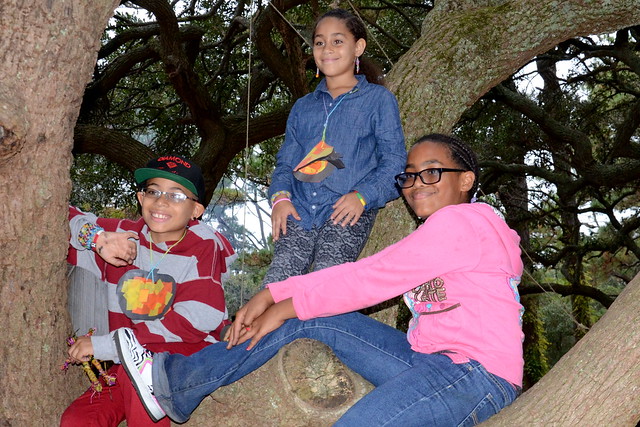Park of the Month: First Landing State Park
What's in a Name?
First Landing State Park is on the National Register of Historic Places
and National Natural Landmark
Rumor has it she was never officially named "Seashore." Back in the mid 1920s and 30s, as Will Carson and Governor Trinkle rallied Virginia to start a state parks system, she was mentioned in conversations. "Can we put a park by the seashore in Virginia?" "Let's walk through the woods by the seashore." "The CCCboys are building that park by the seashore." The geographic moniker stuck and she became Seashore State Park in 1936.
The Civilian Conservation Corps
The boys of the Civilian Conservation Corps built the first six parks in the Virginia State Park system and began construction on an additional four state parks before the start of World War II.
The Seashore
This park by the seashoreisthe seashore. Her ancient dunes have become Spanish moss draped maritime forests. Ancient dune swales are now dark cypress pools reflecting back the cycle of her life: growth, survival, decay, rebirth. Her seashores change daily with sand dunes waning and rising with the wind and with the tides moving in and out with the moon.
She is never the same twice.
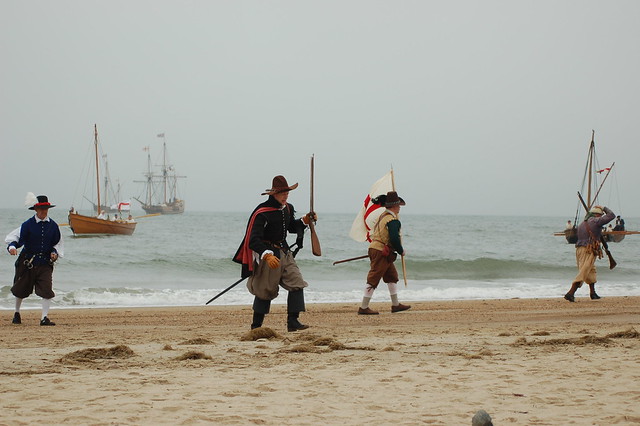
Re-enactors help us envision what it must have been like for the Virginia Company arriving in the relatively unknown New World.
A Name Change
In 1997, during the early planning stages of First Landing State Park.
Her history is important.
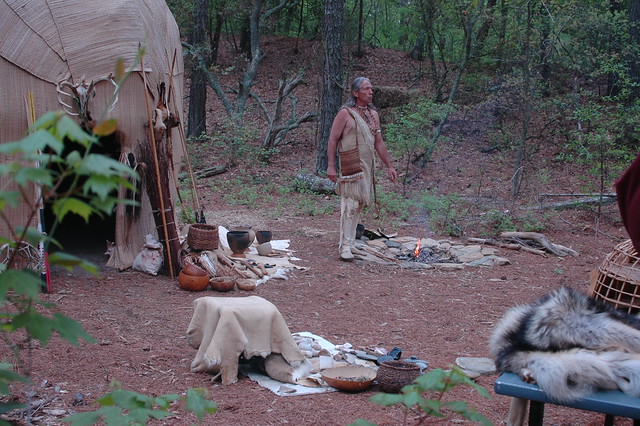
Virginia Indian tribes relied on the coastal area as a source of fresh food, setting up temporary hunting camps for the summer months. First Landing State Park houses the remains of 64 Virginia Indians in a ceremonial gravesite. The remains were repatriated to Virginia from the Smithsonian Institution in 1997.
Her History
Her story is long and varied and begins withCCC-era cabins, from her civil rights history to her ecological history.
She is our story. She is America's story.
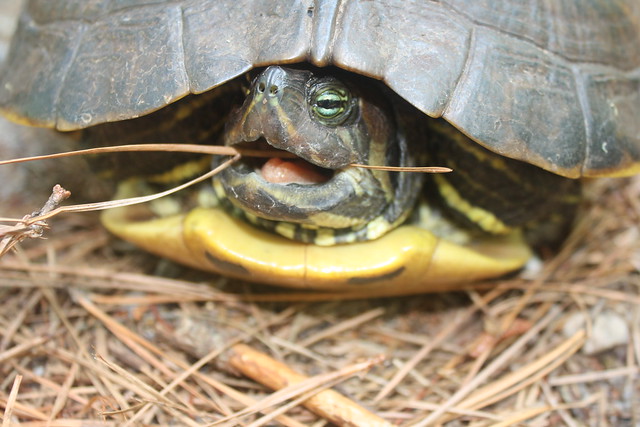
With multiple ecologically sensitive habitat areas, First Landing State Park is a haven for birds, turtles, frogs, and many other species. Please stay on the trails to minimize impact in these areas.
Standing Witness
She has stood witness to 4,000 years of human migration and 400 years of bustling activity that gave rise to a colony, a state, and a nation. Now, she is waiting to witness your reconnection to our history and our ecosystem.
Witness our history and our ecosystem.
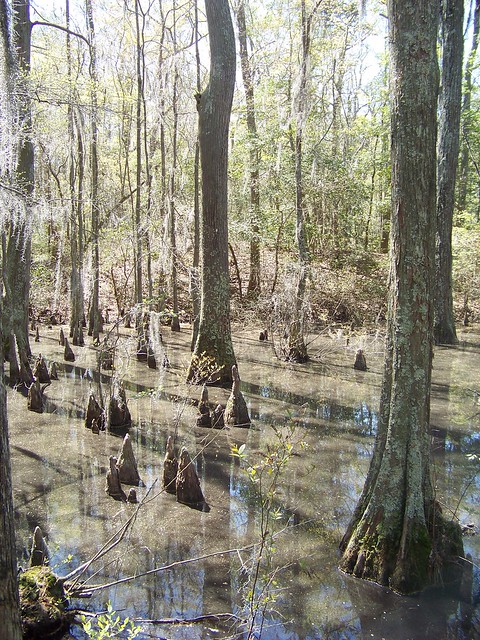
Dark cypress pools reflect the cycle of life in the park. The Bald Cypress and Osthmanus Trails are the best place to view the pools with boardwalks that stretch across some of the pools.
Today

